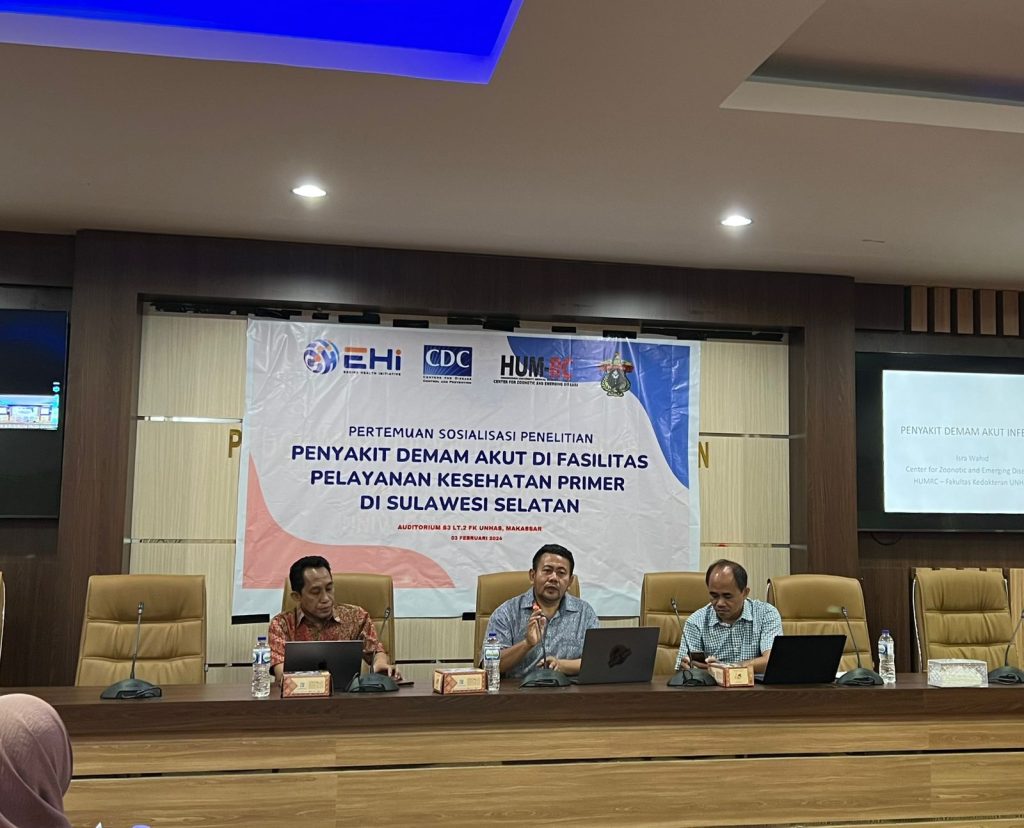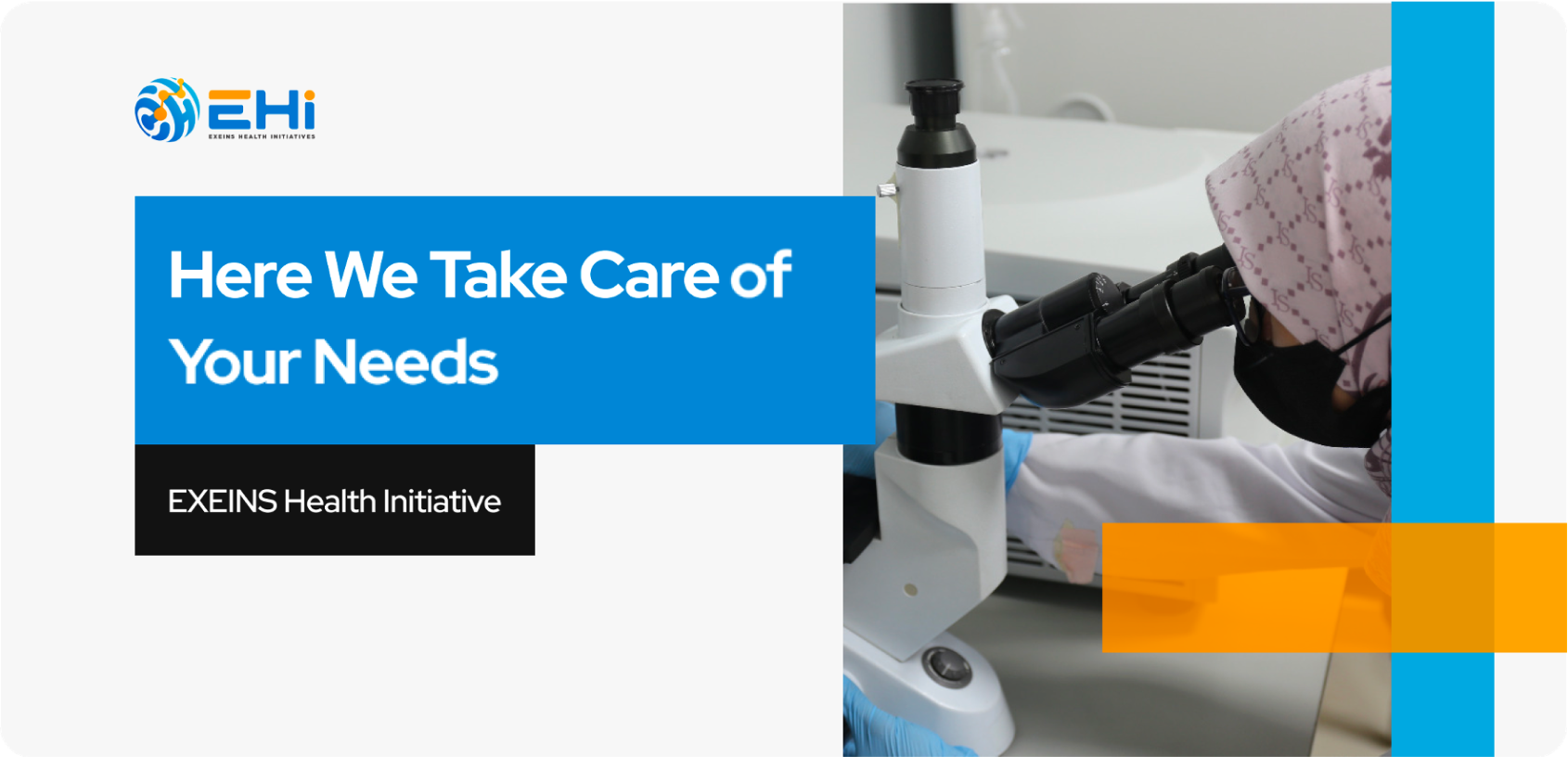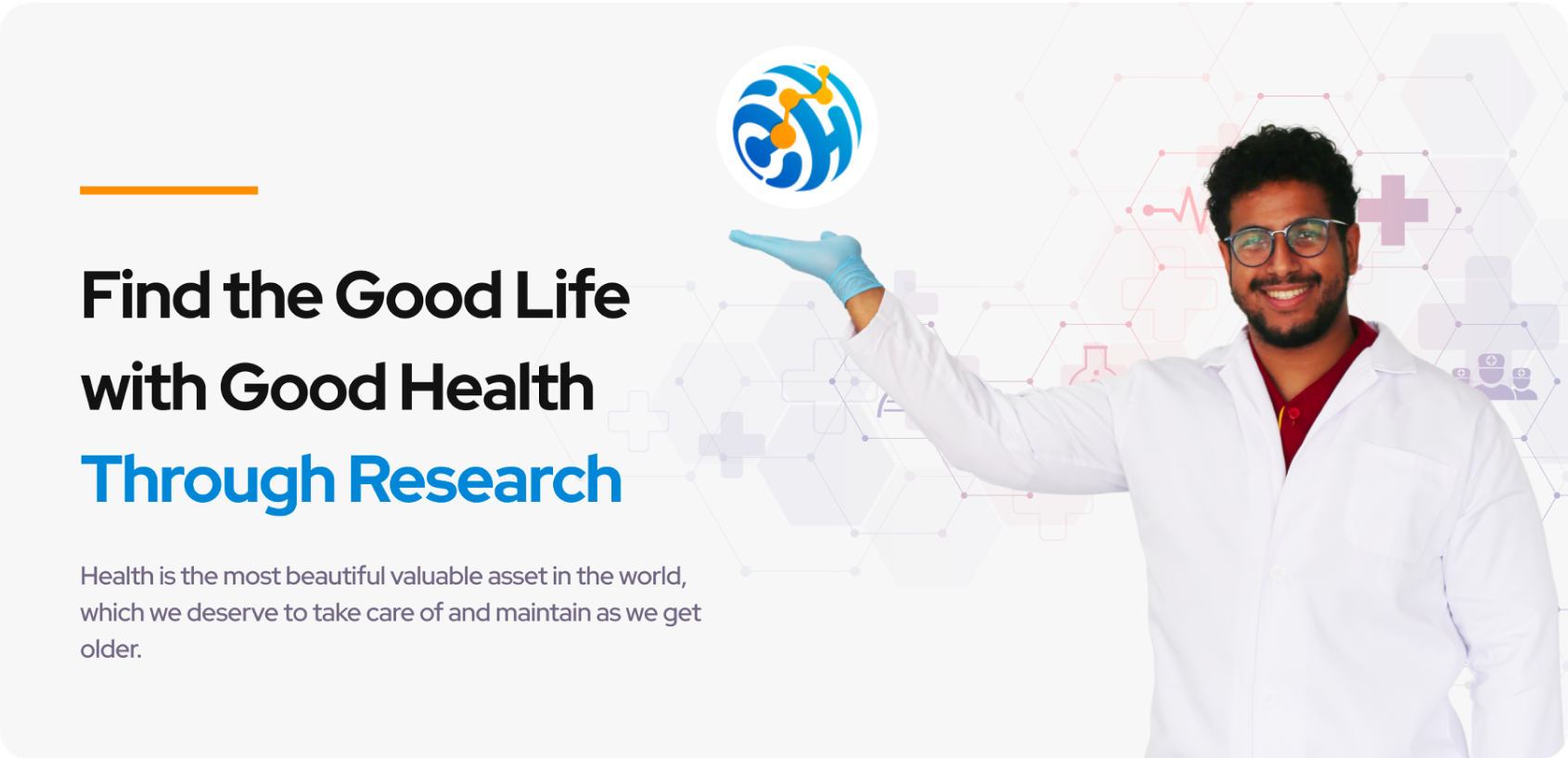Acute Febrile Illness (AFI) presents a common challenge for individuals seeking medical care, as diagnosing the specific cause based on symptoms can be difficult, especially in settings with limited resources. In Indonesia, arboviral infections like Dengue are a significant concern, leading to a considerable health burden annually, with clinical manifestations ranging from mild to severe. Understanding the range of pathogens causing AFI can greatly improve diagnosis and treatment, particularly in regions lacking comprehensive epidemiological data. This study not only benefits individual patients but also communities, as ongoing surveillance in these areas can detect neglected, emerging, and intermittently circulating pathogens.

Primary health care facilities play a crucial role in serving communities, offering basic health services like hematology testing that can provide basic lab data and help identify even mild cases of infections. This data can offer early indications of a potential increase in AFI cases, alerting health authorities to take proactive measures. Establishing surveillance at these primary health care centers enables the collection of samples early in the infection stage, increasing the likelihood of detecting viruses through molecular methods and viral isolation. Moreover, a surveillance approach involving both human and mosquito monitoring sites can offer a comprehensive understanding of arbovirus dynamics in both populations. Beyond investigating common virus transmission, this surveillance effort can capture the spillover of novel viruses, enhancing our knowledge of disease spread and aiding in early intervention strategies.
In partnership with the Faculty of Medicine at Hasanuddin University, primary health centers, and the US CDC branch in Fort Collins, we aim to assess the occurrence and impact of arbovirus infections among individuals with AFI attending primary health centers in South Sulawesi over the course of a year. Our goal for this initiative and the insights gained is to drive positive changes in healthcare practices and contribute to a healthier future for Indonesia.






